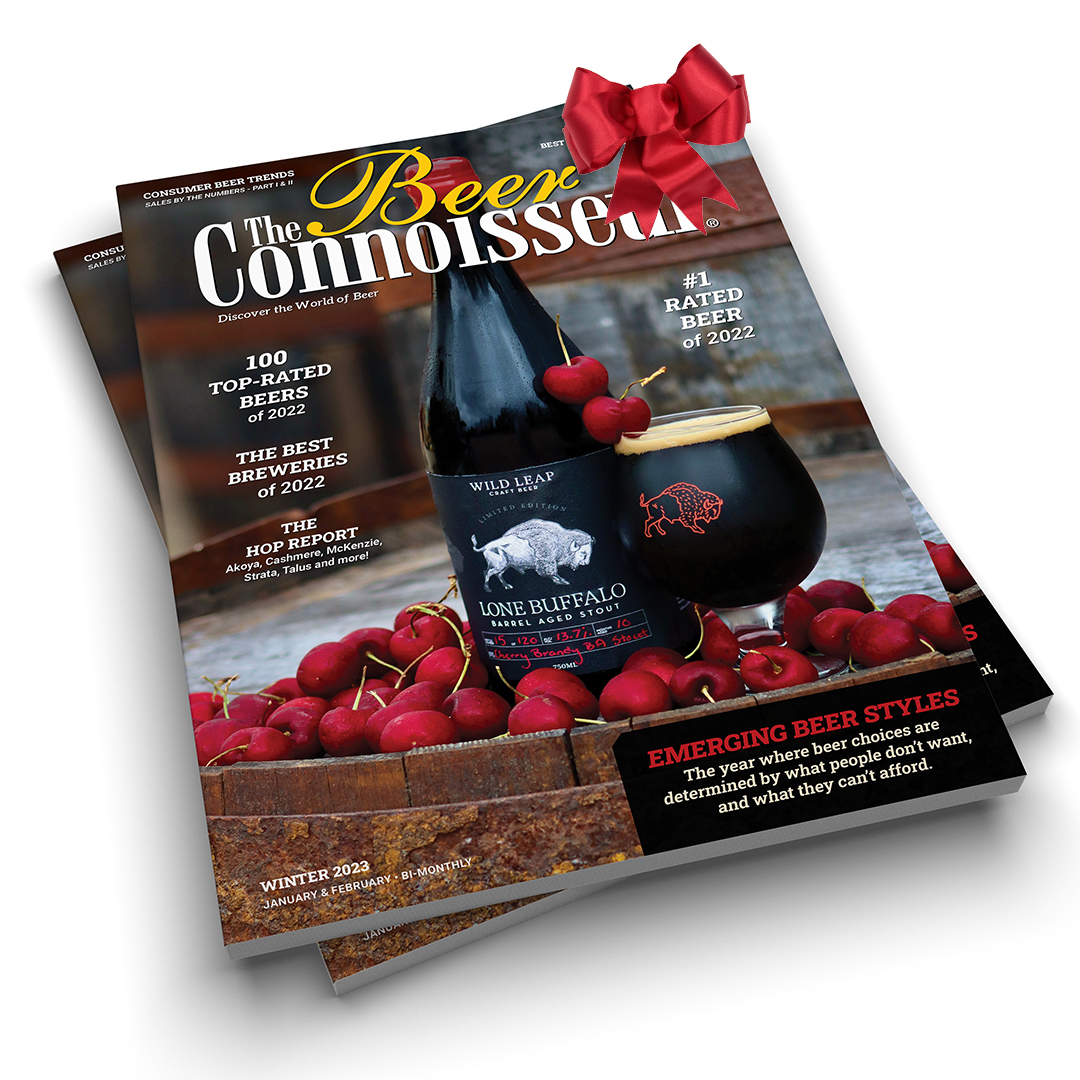The Ultimate Guide to Whole Chicken Temperature: Ensuring Food Safety in Your Restaurant
Ensuring the safety of the food served in your restaurant is paramount, and understanding the right whole chicken temperature is a key part of that. Cooking chicken to the proper internal temperature not only delights your customers with juicy, perfectly prepared dishes but also safeguards them from potential foodborne illnesses. The USDA recommends that chicken be cooked to an internal temp of 165°F (74°C) to effectively kill harmful bacteria like Salmonella and Campylobacter. In this guide, we’ll walk you through best practices for checking at what temp chicken is cooked, focusing on the internal temp of chicken thighs and other parts. Get ready to boost your confidence in the kitchen and ensure your team’s cooking skills are up to par!

Why Cooking Temperature Matters
Dangers of Undercooked Chicken
Eating undercooked chicken poses serious health risks due to bacteria like Salmonella and Campylobacter. These pathogens can cause foodborne illnesses with symptoms ranging from mild stomach cramps to severe dehydration and more serious complications. When chicken isn’t cooked to the recommended internal temp of 165°F (74°C), these bacteria might survive and thrive. This risk is especially high in restaurant settings, where larger quantities of chicken are cooked, and even a small lapse in temperature monitoring can lead to significant health risks for multiple diners. Furthermore, undercooked chicken can also affect the dining experience, resulting in unpleasant textures and flavors that fall short of customer expectations. By ensuring that each piece of chicken is cooked thoroughly, you not only protect your patrons but also uphold your restaurant’s reputation for quality and safety.
Bacteria and Foodborne Illnesses
Bacteria like Salmonella and Campylobacter are common culprits in foodborne illnesses linked to poultry. These bacteria can thrive on raw chicken and are often resistant to low cooking temperatures. When chicken is not cooked to an internal temp of 165°F (74°C), there is a high risk of these bacteria surviving and causing illness. Symptoms of such illnesses typically include nausea, vomiting, diarrhea, and abdominal pain. In severe cases, they can lead to dehydration and require hospitalization, posing significant health risks to vulnerable populations such as the elderly, young children, or those with compromised immune systems. Preventing these illnesses begins with proper food handling and cooking practices in your restaurant. Educating your staff on the importance of maintaining the appropriate whole chicken temperature is essential. By adhering to recommended cooking guidelines, you create a safer dining environment and contribute to overall public health safety.
Achieving the Perfect Temperature
Using a Food Thermometer
A food thermometer is an indispensable tool in ensuring that chicken reaches the proper internal temperature. To accurately assess if a chicken is cooked, insert the thermometer into the thickest part of the meat, usually the thighs or the breast, while avoiding bone contact. Bones can conduct heat and might give a false reading. The internal temp of chicken thighs should reach at least 165°F (74°C) to ensure it is safe to eat. Checking multiple areas of the chicken, especially if it’s a whole bird, guarantees that all parts are evenly cooked. This step is crucial in a busy restaurant environment where consistency and safety are paramount. Regular thermometer calibration is also vital to maintain accuracy. Training your kitchen staff on these practices fosters a culture of safety and precision, ensuring that every dish served meets the highest standards of food safety and quality.
Checking Multiple Points
When cooking a whole chicken, it’s essential to check the temperature at multiple points to ensure uniform cooking. Focus on inserting the thermometer into the thickest parts of the bird, such as the breast and the thighs, where the risk of undercooking is highest. By doing so, you confirm that the entire chicken has reached the safe internal temp of 165°F (74°C). This practice is crucial in a restaurant setting, where serving undercooked chicken to guests could lead to serious health concerns. During busy service hours, it might be tempting to rush, but taking the time to verify the temperature at various points ensures consistency and safety. Encourage your kitchen staff to make this a standard part of their cooking routine. This simple yet effective step helps maintain the quality of your dishes and reinforces your restaurant’s commitment to food safety.
Best Practices for Safety
Resting Time Importance
Allowing chicken to rest after cooking is a critical step that enhances both safety and flavor. Once the chicken reaches the recommended internal temp of 165°F (74°C), remove it from the heat source and let it rest for a few minutes. This resting period allows the juices to redistribute throughout the meat, ensuring a moist and flavorful result. Additionally, the internal temperature may continue to rise slightly, which can further eliminate any remaining bacteria. This step is especially important in a busy restaurant kitchen, where the focus on both safety and taste is uncompromising. During the resting period, cover the chicken loosely with foil to maintain its heat. Emphasize to your kitchen staff the importance of not skipping this step, as it plays a crucial role in delivering a safe and satisfying dining experience to your customers.
Proper Storage and Reheating
Proper storage and reheating of chicken are vital to maintaining food safety and quality. Once the chicken is cooked and cooled, store it in a refrigerator at or below 40°F (4°C) to prevent bacterial growth. Use airtight containers to keep the chicken fresh and avoid contamination with other foods. Label and date all stored items to ensure they are used within a safe timeframe, typically within three to four days. When reheating chicken, ensure it reaches an internal temperature of at least 165°F (74°C) before serving. This applies to both microwave and stovetop methods. Avoid leaving cooked chicken at room temperature for more than two hours, as this increases the risk of bacteria multiplying. Training your staff on these storage and reheating practices helps uphold safety standards and guarantees that your restaurant serves only the highest quality dishes to its patrons.
Choose ACE Food Handler for Food Handlers Training?
At ACE Food Handler, we provide top-notch Food Handlers Training to ensure clerks are well-prepared to handle these situations. Our training covers all essential aspects of ID checking, legal requirements, and best practices for responsible alcohol sales.
-
Comprehensive and Up-to-Date: Our course is thorough and regularly updated to reflect the latest regulations and best practices.
-
Convenient Online Access: Complete the training at your own pace, anytime and anywhere.
-
Affordable Pricing: We offer the best course at the lowest price. Use Food Handlers coupon code ace20 at checkout to save 20% on your order.
By choosing ACE Food Handler, you are investing in the safety and success of your business and community. Let’s work together to promote responsible alcohol sales and create a safer Illinois.
Illinois Food Handlers Training
Stay compliant, save money, and ensure the highest standards of food safety with ACE Food Handlers!
Food Handlers Training Classes by State
California Food Handler Training you can purchase a course here only $7
Ohio Person in Charge Training you can purchase a course for only $10
Texas Food Handler Training you can purchase a course for only $7
Illinois Food Handler Training you can purchase a course here only $7
Georgia Food Handlers Training you can purchase the course here for only $7
Hawaii Food Handlers Training you can purchase the course here for only $10
New Mexico Food Handlers Training you can purchase the course here for only $7
Arizona Food Handlers Training you can purchase the course here for only $7
More detailed information about food safety can be found at FoodSafety.Gov and at the FDA US Food and Drug Administration website and ACE Training Platforms and ACE Continuing Education Credits. Tips and Tricks to ACE Your Next Health Inspection?
Alcohol Seller/Server Courses by State
TABC Training – online only $10
RBS Training – online only $12
RAMP Training – online only $10
Basset Training – online only $10
Louisiana RV Bar Card – online only $9
Food Handlers Training Near Me
Food Handlers Training Coupon Code ACE20








